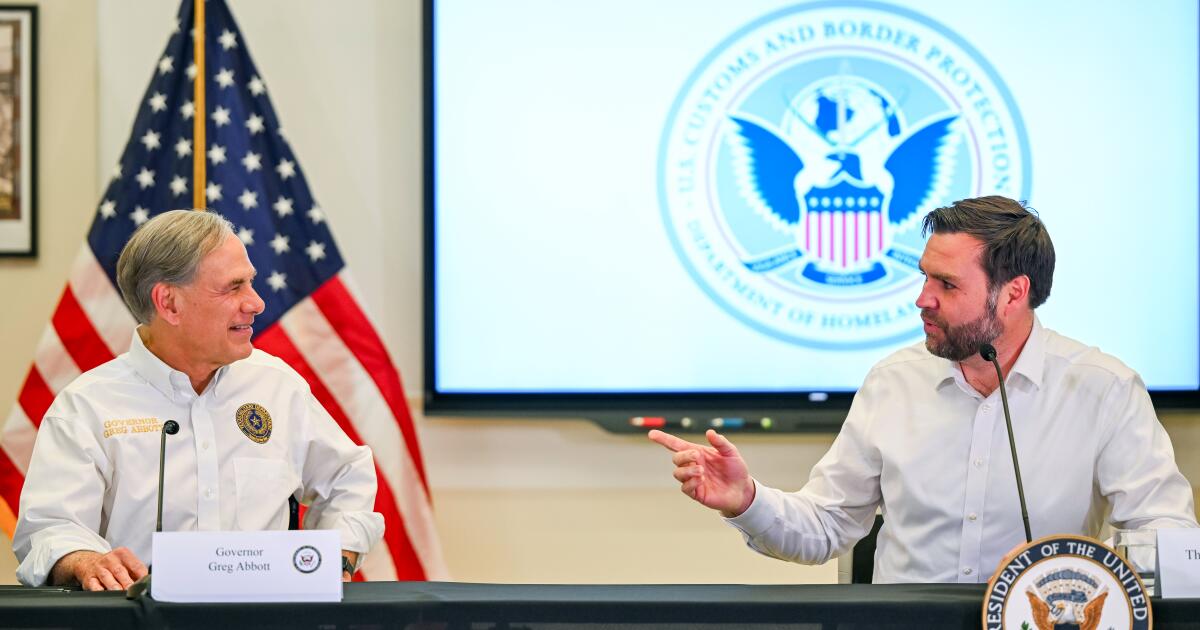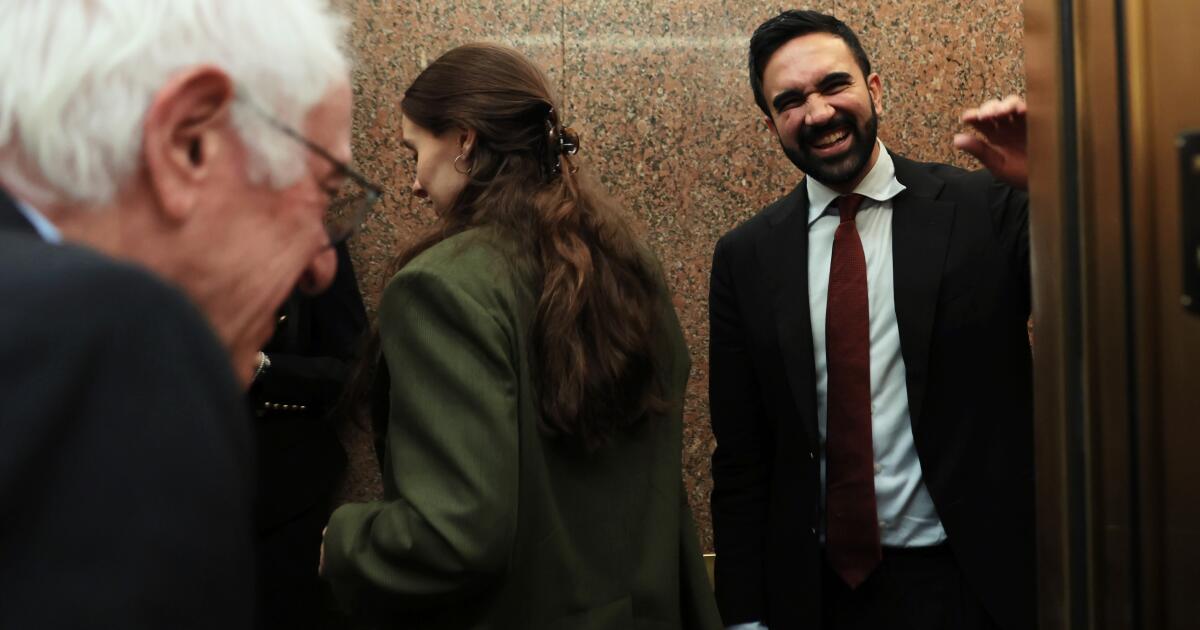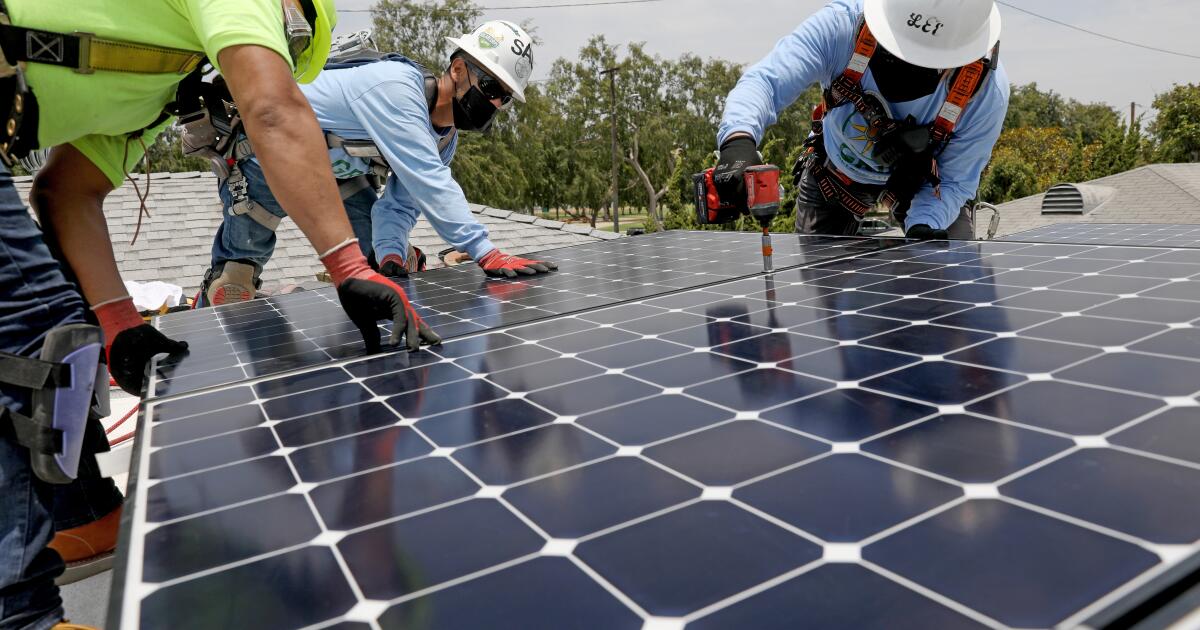We asked L.A. Times readers: “Thinking ahead to 2050, how might you reconfigure the city so it is a sustainable home for everyone?” Here is a sampling of their comments:
Use the Chicago riverfront, apartments, architecture, etc., as your example. We could have a thriving green space with the L.A. River, bike paths, community parks, gardens, etc.
Go international and use Florence or Tokyo as your examples. Enact beautiful single-stair buildings, public art, clean sidewalks and streets that are protected in the city budget, and reliable automatic trains that run every four minutes so people don’t feel trapped by their cars.
Our legislators must enact public policy and change their cities for the better. Instead, the L.A. City Council allows a literal dirt space behind City Hall to be used for random events instead of new housing or a shared, protected public park.
— Rachel Smith
I would put an emphasis on clean air in every public space. Whether the concern is viruses or wildfire smoke or anything else, no public space should have poor air quality. We need to be monitoring air quality levels in all public spaces and putting in appropriate air filtration.
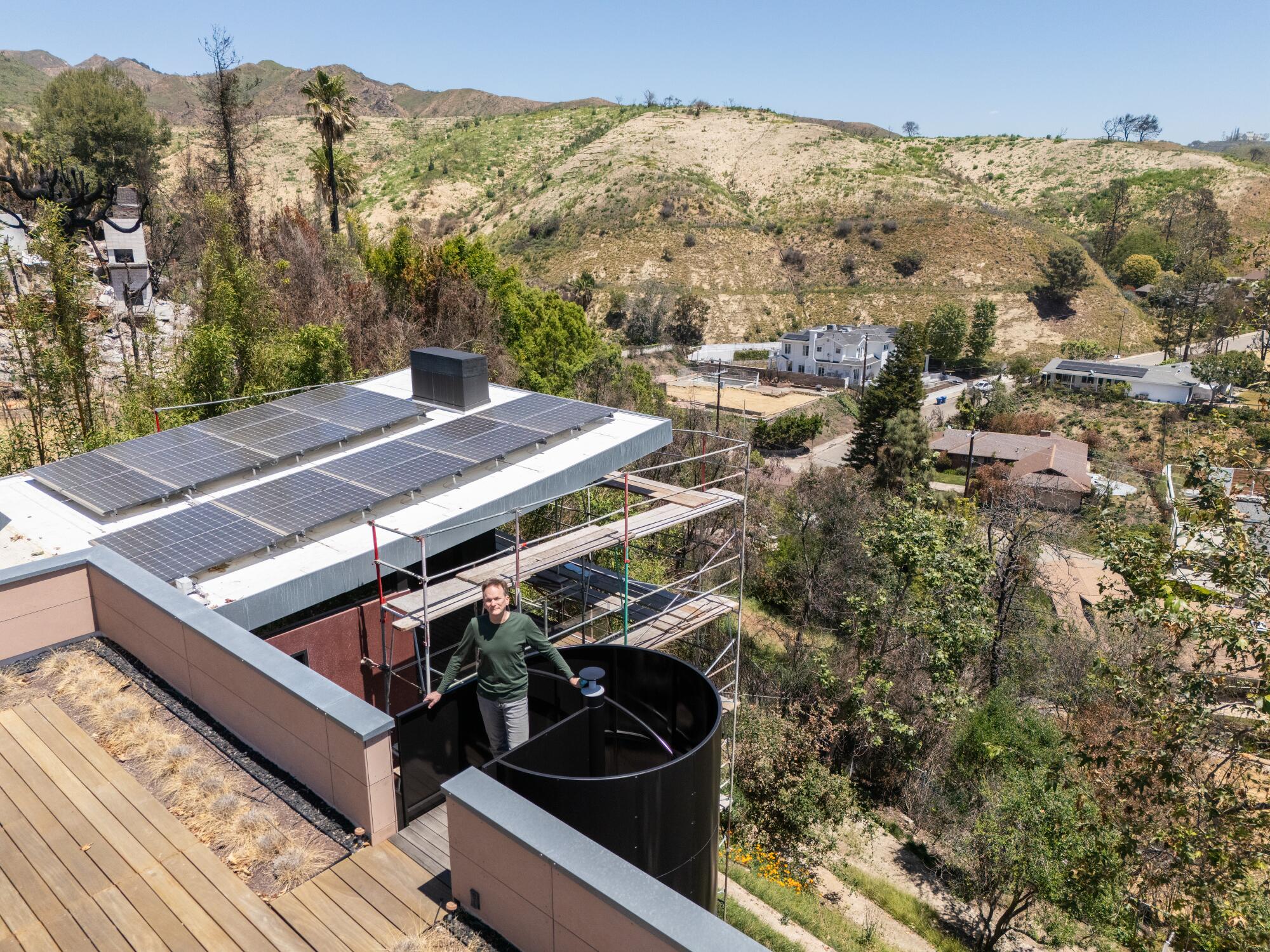
The Pacific Palisades house is clad in fiber cement. The roof is made of fireproof TPO (thermoplastic polyolefin), the deck is made with specially treated wood for fire resistance and a fire suppression system in the back of the house sprayed fire retardant onto the vegetation.
(Myung J. Chun / Los Angeles Times)
— Annette Majerowicz
I do not live there, but hope to retire there. I want walkable areas with maintained sidewalks and shade.
— Cindy Riachi
The time has finally come for Los Angeles to build up in earnest. The urban sprawl that has come to define the city has now become one of its biggest threats. One estimate is that in the United States, one in four new homes are built in areas prone to wildfires and an estimated 95% of wildfires in California are “man-made.” This existential question has largely been unaddressed in the past 25 years, especially as the region has stuck to its formula of growing communities further outwards.
Now we find a region that has begun to stagnate as fires continue to pound on its doors and its residents are questioning their future and safety there, all the while fighting rising prices.
There is much opportunity that comes with building up, the ability to reshape the city, bring forth high density, sustainable, residential buildings that can alleviate the housing crisis and even reduce traffic as some studies have shown. An emphasis on land management and parks can open up city spaces while protecting it from the threat of wildfires.
— Matthew Perez
For the love of God, can we just get some bike lanes?
— Evan Gillespie

Landscaping? Yes, but make sure it’s drought-tolerant and geographically appropriate.
(Myung J. Chun / Los Angeles Times)
To transform Los Angeles into a sustainable and equitable city by 2050, we need a holistic approach that addresses climate challenges while fostering community well-being. My vision is rooted in architecture, landscaping, neighborhood planning and inclusive design practices.
Resilient Architecture and Housing: Buildings must be designed to withstand the increasing threat of wildfires and other climate-related events. This means using fire-resistant materials, integrating green roofs for natural cooling and air quality, and designing adaptable, modular structures that can be quickly reconfigured or relocated if needed. Housing should be dense but human-scaled, with flexible spaces that accommodate changing family structures and community needs.
Sustainable Landscaping and Urban Ecology: Landscaping in 2050 Los Angeles will move away from water-intensive practices, embracing native, drought-tolerant plants that support local biodiversity. Urban forests will play a crucial role in reducing heat islands, while community gardens and urban farms will become integral to neighborhood identity, providing both food security and green space.
Connected and Climate-Conscious Neighborhoods: To minimize car dependency, neighborhoods will be designed as walkable, bike-friendly hubs that mix housing, workspaces, and recreational areas. Public transportation will be integrated seamlessly into these communities, encouraging active mobility and reducing emissions. We will rethink zoning to allow for more live-work spaces, eliminating long commutes and fostering local economies.
Community-Centered Planning: Planning will be community-driven, prioritizing equity by involving residents in decision-making processes. Each neighborhood will develop its own identity and purpose — some focusing on water management and treatment, others on urban agriculture or community energy production. This localized approach will build social cohesion while addressing specific climate challenges.
Welcoming and Inclusive Urban Fabric: By 2050, Los Angeles will embrace its diverse population by valuing skills and contributions from all residents, including immigrants. Adapted housing and support systems will ensure no one lives on the streets, and public spaces will be accessible and inclusive
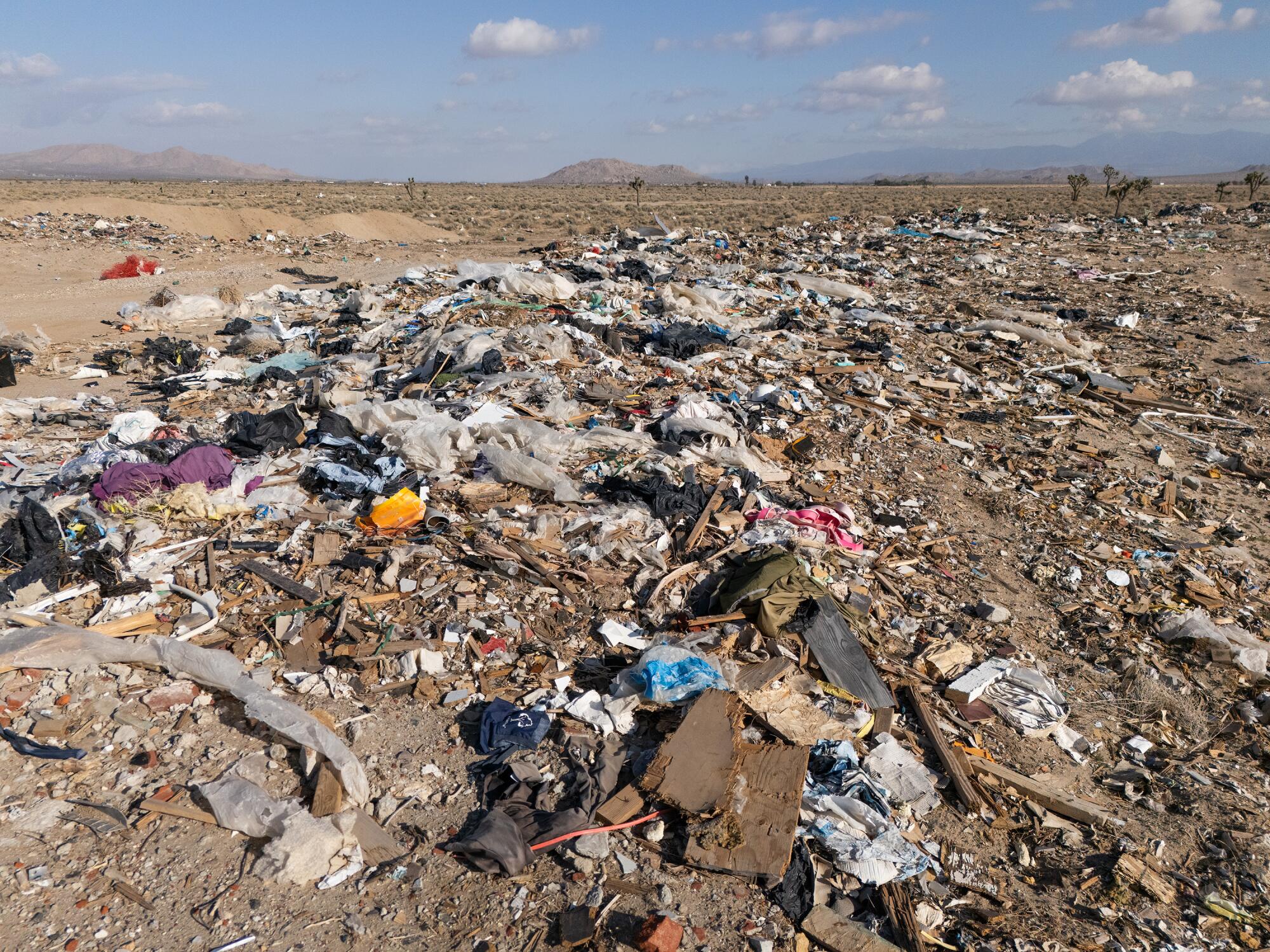
Could AI robots pick up all our trash in the future?
(Myung J. Chun / Los Angeles Times)
— Ena (Ana) Yanchapaxi
Stop catering to developers, large corporations and monopolies. We need to prioritize citizens and businesses so people can stay locally.
— Josh Walters
*Use AI Robots to pick up and organize all trash 24/7.
*Double-decker light rail on the 10 and 405, 105, 101, 5. Put light rail on every major east to west artery.
*Close all oil refineries
*Move the airport outside the city.
*Make coastal areas into massive wetland / chaparral ecosystems.
*Return Altadena and Pacific Palisades into a chaparral ecosystem.
*Expand sidewalks / pedestrian access; create plazas to increase walkability.
*Reduce water imports to help the rest of California and make it more resistant to climate change.
*Create more freeway overpasses for wildlife.
*Replace gas stations with state-run electric charging stations
*Fruit trees throughout the city
*Dense communal living options.

Plant more fruit trees? Why not?
(Jeanette Marantos / Los Angeles Times)
— Matt Ceran
Repeal and phase out Prop. 13, and rezone most of the city so we can build multi-family housing, more walkable communities. Just build more housing and see how a majority of the city’s problems will diminish or disappear altogether. Oh, and plant more trees. I think it’s a tragedy that the city with the most incredible weather in the world was made so un-walkable.
— Michele Medina
Los Angeles needs to rethink its car-first history first and foremost if we are ever going to make inroads toward a more sustainable future. Fighting constantly for better public transit is the easy answer as we see Metro working in new projects, but there also has to be a hyper-local push toward smart density, advocating for more walkable neighborhoods, fewer single-family housing developments, and completely redesigning towns and cities so folks can access what they need without needing to drive everywhere.
— Charles Vignola
I think Los Angeles needs to make more space for people and nature, and less for cars. Tons of apartments everywhere, bike and bus lanes, trains, and parks. A lot of that is hard, small work you see on a neighborhood scale, but there’s one big project I’d like to see: burying the 101 and building a linear park in the Cahuenga Pass. This would give more people access to a giant park, reduce car pollution, and provide safe passage for mountain lions to cross into Griffith Park. The views of the valley and the basin would be spectacular, and it would be a refuge, a reconstruction of the ancient Tongva walking path.
— Jonathan Eby


